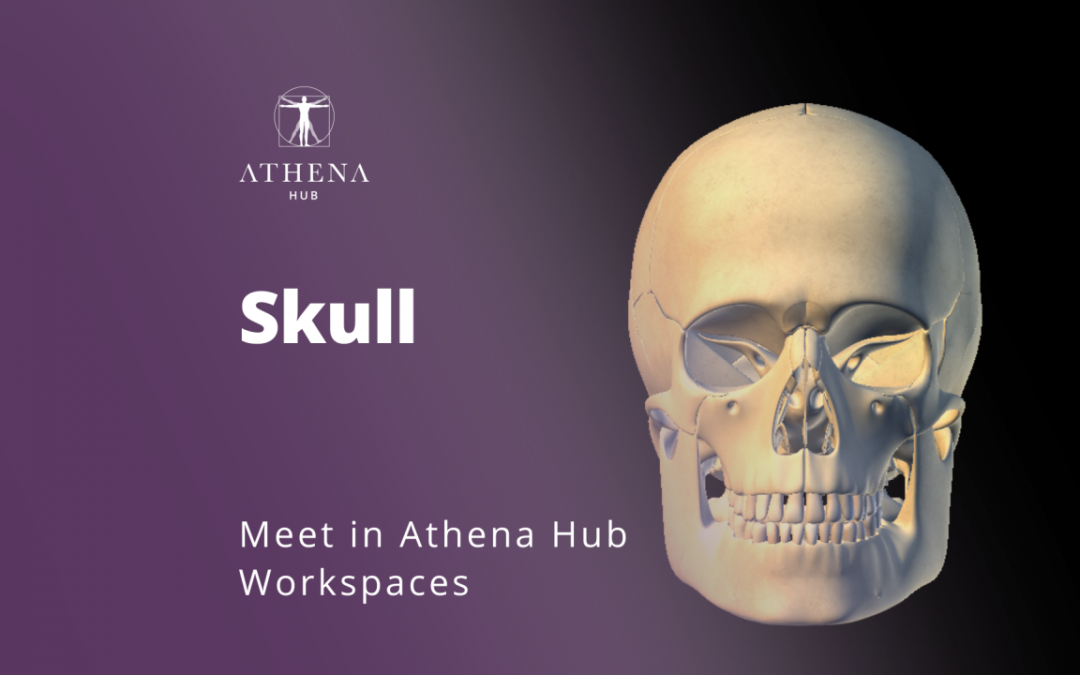The skull it’s a structure made up of flat and irregular bones that serve as protection for the brain. It can be divided into two parts: an inferior part, called the splanchnocranium (or visceral skull), which supports the facial viscera and, an superior part, the neurocranium (or neural skull), which houses the encephalic portion of the CNS.

Both are divided by an imaginary line that runs from the glabella to the outer occipital bulge, called the “nasion-inion“.
The splanchnocranium (or visceral skull) is the facial skeleton, which composes the bones of the mouth (maxilla and mandible), nose/nasal cavity, and the orbital cavities. In total, we have 14 irregular bones: 2 odds (mandible and vomer) and 6 even (maxilla, inferior nasal concha, zygomatic, palatine, nasal and lacrimal bones).
The neurocranium (or neural skull) is the part focused on neuroanatomy, it has 8 bones: 1 frontal, 2 parietal (laterally), 2 temporal (also laterally), 1 sphenoid (larger wings – laterally), 1 ethmoid and 1 occipital (posteriorly).
Download Athena Hub and gain access to this native content and more! The system offers a set of Workspaces as examples and the user will be able to edit, delete them and create their own visualization states.
Available in English, Spanish and Portuguese.

